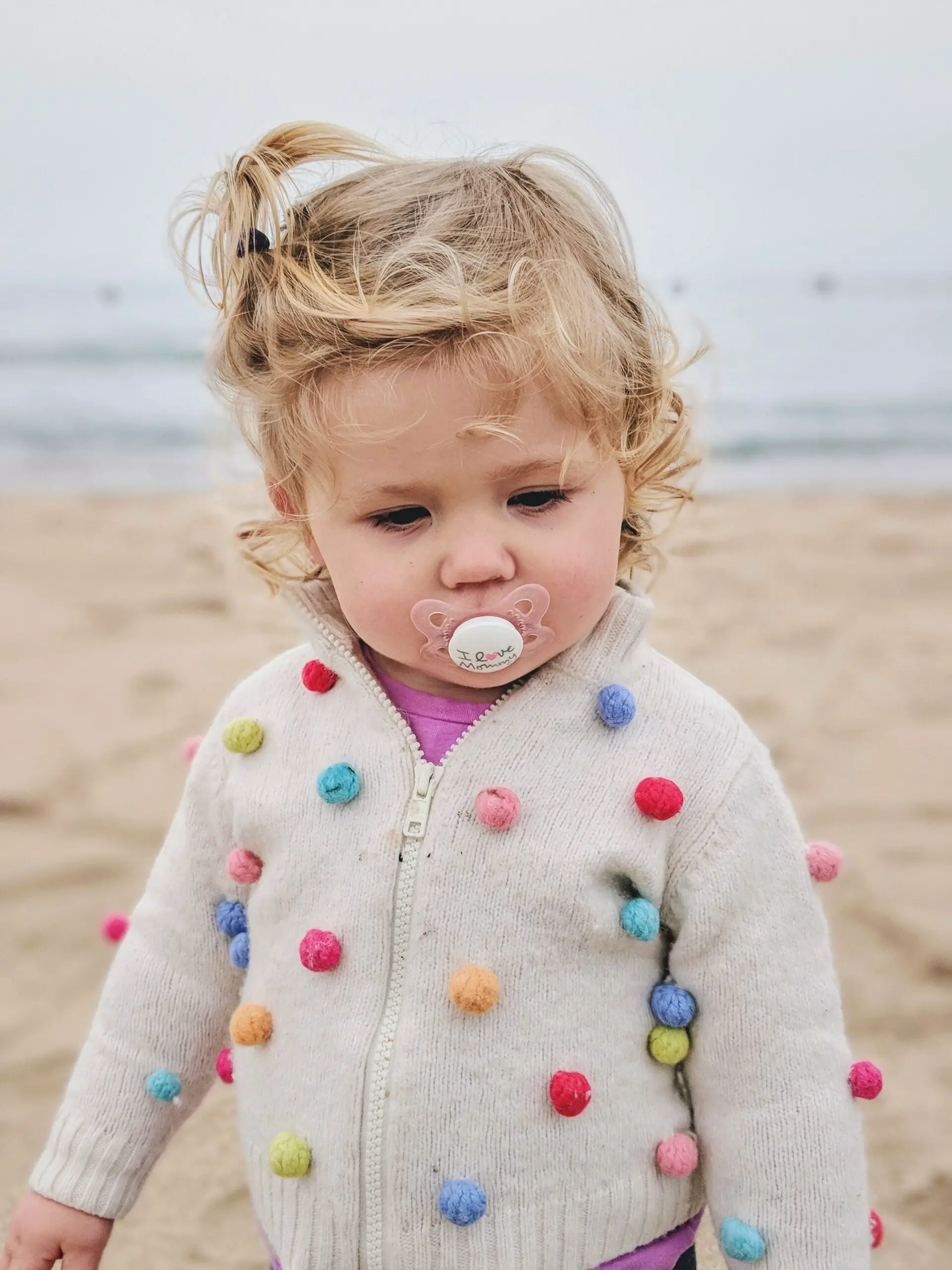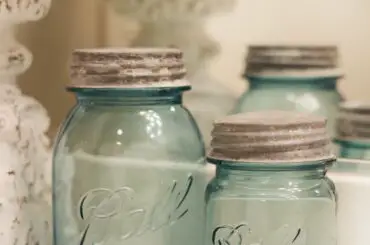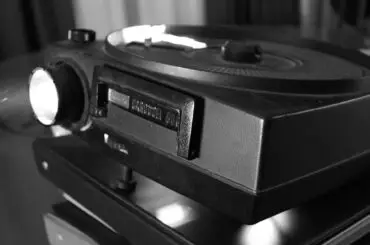Contents
What To Do With Stained Baby Clothes – Introduction

You’ve tried everything to get that stubborn baby food stain out of the onesie, but it’s still mocking you. Don’t throw in the towel and toss it out just yet. Baby clothes are costly, and you want to avoid running out to buy replacements every time a little spill happens. Before resigning that little outfit to the rag pile, try these tips.
You’ll be surprised how many pesky stains you can get out with patience and know-how. Keep reading and save your wallet, save the planet, and save that adorable little outfit. You’ve got this with some natural cleaning solutions and a lot of elbow grease! Those baby clothes can be saved.
How to Get Stains out of Baby Clothes | Testing OxiClean and More!: https://m.youtube.com/watch?v=CI2gDk8U0G4&pp=ygUkV2hhdCBUbyBEbyBXaXRoIFN0YWluZWQgQmFieSBDbG90aGVz
Treat the Stain as Soon as Possible
The quicker you treat a stain, the better your chances of removing it. As soon as you notice a stain on your baby’s clothes, do the following:
Get the item of clothing under cold running water as soon as possible. Gently blot at any remaining stain with a clean, wet rag. Soak the item in a mixture of detergent and water overnight for at least 30 minutes before washing as usual. The longer you soak, the better.
For protein stains like spit-up, urine or feces, pretreat the stain by blotting with a mixture of detergent and hydrogen peroxide or white vinegar before soaking. The acid in vinegar or peroxide helps break down these tough stains. You can also make a paste from water and baking soda or water and meat tenderizer and apply it before soaking.
For oily stains, blot with grease-fighting dish soap and rub in cornstarch, talcum powder or chalk powder before soaking. The powder will help absorb the oils.
If the stain remains, scrub any remaining stain before washing and consider using a commercial stain remover booster in addition to your regular detergent.
For persistent stains, wash the item a few times to fully remove the stain before drying. Avoid drying the item in the dryer until the stain is completely gone since the heat can set the stain.
Keep at it, and don’t give up hope! You can get out most baby stains with patience and persistence without tossing the clothes. Your baby’s wardrobe—and your wallet—will thank you.
Hydrogen Peroxide: A Secret Weapon for Baby Stain Removal
Baby clothes see their fair share of stains but wait to toss them out. Hydrogen peroxide is a secret weapon when lifting stubborn stains from little ones’ outfits.
Hydrogen peroxide works by releasing oxygen bubbles that help lift stains from fabrics. For fresh stains, apply 3% hydrogen peroxide directly to the stain and let it sit for at least 5 minutes.
The longer it sits, the more effective it will be—Blot with a clean, wet rag to remove the peroxide and then launder as usual. For dried-on stains, you may need to reapply a few times.
Hydrogen peroxide is also great for:
- Food stains like berries, pasta sauce, and yogurt. The sooner you treat, the better.
- Grass stains and mud. Make a paste from water and baking soda or water and white vinegar and apply before using hydrogen peroxide.
- Blood stains. Hydrogen peroxide helps lift blood stains without damaging fabrics. Apply and blot until the stain is removed.
- Underarm stains. For stubborn underarm stains in white fabrics, rub hydrogen peroxide onto the stains and let sit before washing.
- Mildew stains. Hydrogen peroxide kills mildew and can help lift mildew stains from fabrics. Apply and let sit, then launder as usual. You may need to repeat for tough mildew stains.
You can lift nearly any baby stain with a bottle of hydrogen peroxide without harsh chemicals. And saving your little one’s clothes from the trash means more money in your pocket and memories preserved. Hydrogen peroxide for the win!
Baking Soda: Natural Stain Fighter
Baking soda is a natural stain remover and deodorizer safe for babies and the environment. It’s gentle and non-toxic so you can use it on baby clothes without worry. Baking soda works well on spit-up, baby food, and diaper rash ointment stains.
To make a baking soda paste, mix three baking soda and one water. Apply the paste directly to the stain and let it sit for at least 30 minutes. The baking soda will help lift the stain from the fabric. You may need to scrub the paste into the stain with an old toothbrush for tougher stains.
Rinse the paste out with cold water and launder as usual. You may need to repeat this process a few times for set-in stains. Baking soda is very effective at whitening and brightening clothes, leaving baby clothes fresh and clean.
Baking soda also helps boost the cleaning power of detergent. Add about 1/2 cup of baking soda to each load of laundry, especially for heavily soiled baby clothes. The baking soda will naturally whiten and deodorize the clothes. It’s a great all-natural boost for a safe detergent for babies.
Make a baking soda paste with water for smelly baby clothes and apply it directly to any stinky spots before washing. Let it sit for at least 30 minutes or overnight. The baking soda will help neutralize odors. Add 1/2 cup of baking soda to the rinse cycle for extra freshening power.
Baking soda is an inexpensive, natural solution for keeping baby clothes clean and stain-free. It’s non-toxic, gentle, and versatile. Keep a box on hand for all your baby clothes cleaning and deodorizing needs.
Why toss out stained baby clothes when you have the power of baking soda? With time and patience, you can get bright and fresh baby clothes again.
Scrub Tough Stains With Enzymatic Cleaner
Enzymatic cleaners contain natural enzymes and bacteria to break down tough protein stains like formula, spit-up, and diaper accidents on baby clothes. You can find these specialty laundry products online or in most major retailers that sell baby items.
To use an enzymatic cleaner, pretreat the stained area immediately. Apply the product directly to the stain and let it sit for at least 30 minutes to work its magic. Scrub any remaining residue with a soft-bristled brush.
Launder as Usual
After pretreating, wash the item of clothing on the warmest setting possible using a baby detergent. For tough stains, wash the item twice in a row. Sometimes, it may also be necessary to boost the cleaning power with a laundry booster like Borax or washing soda.
For Dried Stains
For dried-on stains, pretreat the area and scrub as much of the stain away as possible before washing. The heat and agitation in the washer will further help break down any remaining stain residue. You may need to repeat the pretreat-wash process a few times to remove a dried stain fully.
Be patient through the process. Enzymatic cleaners and multiple washes will eventually lift even the toughest baby stains from clothes. While it can be frustrating to deal with stained outfits, avoiding harsh chemicals will ensure the safety of your baby’s sensitive skin.
With the proper technique and natural products, you can enjoy your little bundle of joy and not worry so much about keeping your clothes spotless!
Still, Stained? All Is Not Lost!
Oh no, another stained onesie! Don’t throw it in the trash just yet. You can still try a few things to salvage your baby’s stained clothes.
Bleach alternative
If the fabric is white and the stain is protein-based (like poop, pee, spit-up, or food), soak the item in a non-chlorine bleach alternative like sodium percarbonate or oxygen bleach.
Follow the directions to make a solution and soak the stained area for at least 30 minutes. The oxygen molecules help lift the stain from the fibers. Rinse well and launder as usual.
Stain remover
Apply a commercial baby stain remover or make a paste from water, baking soda, hydrogen peroxide, or white vinegar. Let it sit for at least 30 minutes or as directed before washing. The acids and oxidizers in these common household products help break down tough stains.
Pretreat and wash
For protein stains, pretreat the area and wash the item on the hottest setting possible using a baby detergent that contains enzymes. The heat and enzymes work together to break down the stain. For non-protein stains like fruit juice, wash in warm or cold water. Using the proper wash temperature is key.
Sunlight
The sun’s UV rays can naturally brighten and fade stains if all else fails. Hang or lay the stained clothing in direct sunlight. After several hours, the sun’s bleaching effect can lighten even the toughest stains.
Be patient and check progress regularly. For stains that don’t come out completely, the sun may fade them enough, so they’re less noticeable.
While throwing in the towel (or onesie!) is tempting, don’t give up hope. With some patience and persistence, you can get your baby’s stained clothes cleaned again using natural, non-toxic methods.

Conclusion
So there you have a few easy tricks to try before you throw in the towel and toss those stained baby clothes. A little patience and elbow grease can go a long way in saving you money and reducing waste.
And remember, stains are inevitable with babies and kids, so try not to be too hard on yourself. Do what you can, then make peace with the imperfection – your baby won’t mind. Focus on enjoying this special time with your little one, stains and all. The baby years go by so fast, so make the memories while you can and don’t sweat the small stuff.
Before you know it, the stains will be a distant memory, and you’ll be longing for the simpler days of onesies and baby food stains.
More Links :
Can Jam Jar Lids Be Recycled? We Have the Answer: https://ecosustainity.com/can-jam-jar-lids-be-recycled/





